TLDR Alopecia areata in these mice is inherited, more common in young females, and can be treated with triamcinolone acetonide.
Alopecia areata in C3H/HeJ mice, resembling human alopecia areata, was characterized by non-scarring hair loss with mononuclear cell infiltration around anagen follicles, primarily involving CD8+ and CD4+ T cells. Triamcinolone acetonide injections reduced the infiltrate and promoted hair regrowth. The disease appeared to be inherited and polygenic, with a higher incidence in females at younger ages. The incidence in a production colony was 0.25% for females and 0.035% for males, but selective breeding increased it to nearly 20%. In an aging colony bred for inflammatory bowel disease, the incidence was 4.7% for mice over 18 months, suggesting it might be a common aging change in this strain. This model could be valuable for studying human alopecia areata subtypes.
178 citations
,
June 1994 in “Journal of Investigative Dermatology” Alopecia areata in these mice is inherited, more common in young females, and can be treated with triamcinolone acetonide.
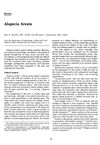 14 citations
,
January 1985 in “International Journal of Dermatology”
14 citations
,
January 1985 in “International Journal of Dermatology” The cause of alopecia areata was unknown, and while various treatments existed, no best treatment was agreed upon.
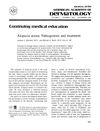 122 citations
,
November 1984 in “Journal of the American Academy of Dermatology”
122 citations
,
November 1984 in “Journal of the American Academy of Dermatology” No single treatment is consistently effective for alopecia areata, and more research is needed.
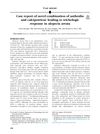 6 citations
,
March 2019 in “JAAD case reports”
6 citations
,
March 2019 in “JAAD case reports” A new mix of anthralin and calcipotriene might help treat severe hair loss.
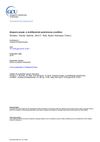 148 citations
,
December 2018 in “Journal of autoimmunity”
148 citations
,
December 2018 in “Journal of autoimmunity” Alopecia areata is an autoimmune disease causing patchy hair loss, often with other autoimmune disorders, but its exact causes are unknown.
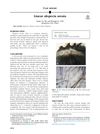 4 citations
,
November 2018 in “JAAD case reports”
4 citations
,
November 2018 in “JAAD case reports” Alopecia areata can sometimes appear as a straight line of hair loss instead of round patches.
May 2018 in “Journal of cosmetology & trichology” Combining platelet-rich plasma therapy with prostaglandin-F eye drops can significantly regrow hair in alopecia universalis.




